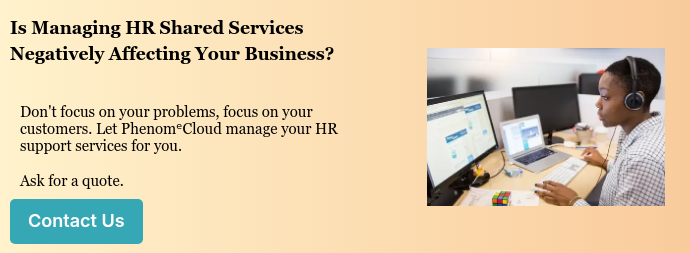How you approach your analytics development depends on the current culture and maturity of your enterprise. If you have an enterprise-wide analytics effort and supportive, engaged leadership, your approach will differ greatly from what you need to do to overcome cultural headwinds.
- If you have a robust analytics team but are not yet leveraging the power of people analytics, you may find it sufficient to partner with the team and line of business leaders to address a business problem. The resources you have may be enough if you only add expertise in human capital management, organizational behavior, and I/O psychology.
- If you don’t have an analytics team, work with Marketing and Finance to leverage their experience and expertise. Both disciplines have been using analytics for decades. Rather than trying to hire scarce talent, consider working with a consulting firm to limit the cost.
- Use the data you have. If you have had automated human capital management for even two years, you have a wealth of information about people and performance. You have information on the qualifications and attributes of all the people you have hired, and you know how they have performed. Use what you have before you spend resources on gathering more.
- If your analytics team and business leadership don’t yet trust HR data, work with your master data management team to get your data under control. If you don’t have an MDM function, get with your CIO to build that effort. You will find that cleaning up your data, instituting data governance controls, and stopping errors at the source will build trust. Starting the conversation will uncover allies throughout the business.
- Build trust by starting with a small project. We don’t necessarily mean “low-hanging fruit,” but a small, controlled-risk project can happen with little support. Work with managers responsible for KPIs or other performance indicators to explore how changes in behavior or knowledge about people will improve results.
- Try to delay significant investments in analytics technology under you have a firm understanding of your needs and know what those solutions will do for you. There are many options available, and none of them does everything perfectly. The 2016 Gartner report on business intelligence and analytics platforms will be helpful after you have rigorously assessed your needs.
- Mind the risks. Algorithms and machine learning may help improve the quality of hire, but are they creating adverse impact? Are word patterns in résumés defensible? Does using your top performers as the model for selection and promotion reinforce bias? If you expose information about individuals to managers, will they overreact and bring on a lawsuit?
Digitization, including people analytics, is the future of HR, but a measured approach will minimize the risks and multiply the impact. Take the journey but do it one step at a time.
PhenomᵉCloud is a comprehensive technology solutions provider committed to empowering businesses to overcome challenges, enhance their workforce capabilities, and achieve superior outcomes.



Leave a Comment